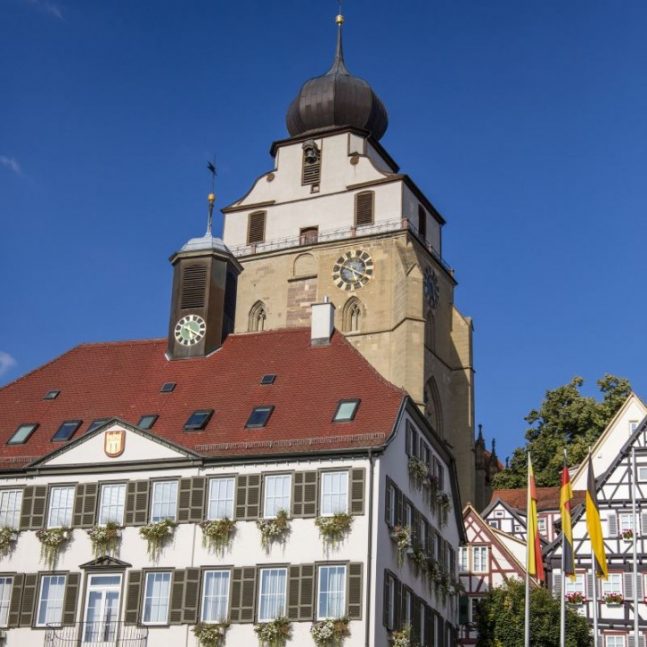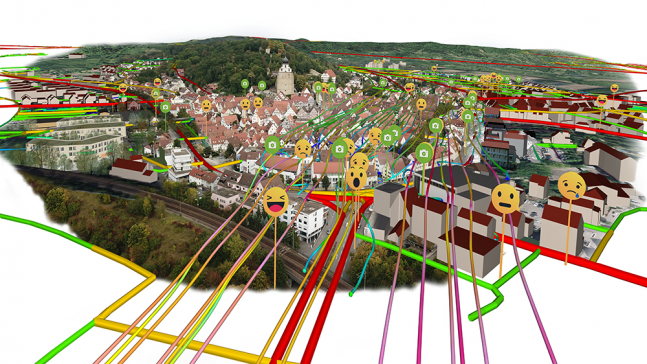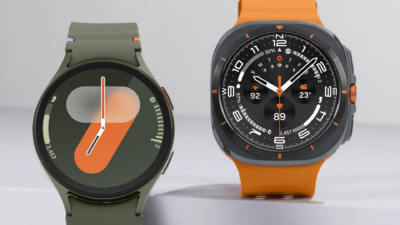Germany: Herrenberg Replicated Itself in VR to Keep the Tourism Wheel Moving

Thanks to a digital twin developed with the High Performance Computing Center Stuttgart (HLRS), tourists may soon be able to explore the picturesque cross-timbered houses and historic churches of Herrenberg via virtual reality (VR).
Nicolai Reith, Head of Control and Communication Department and Advisor to Herrenberg Mayor, said to Cities Today: “You don’t have to make a decision and then see [what’s happening]; you can see before you decide what the effect will be through the digital twin. That makes it easier for our city council, politicians and citizens to make the right decision. “Herrenberg is already using the digital twin, which incorporates supercomputing and typically deployed technologies in advanced aerospace, to visualize city data and emotional responses from citizens to inform better decision-making.

Plans are now being made to develop the town’s emerging virtual tourism area, which has a population of about 31,000.
Also read: SpaceX: Crew Dragon Docks With The International Space Station
“We have a very beautiful town center so tourists can digitally explore it with VR glasses before they arrive at Herrenberg, which is an interesting benefit to the future,” Reith said.
Together with the Fraunhofer Institute, the University of Stuttgart and the Kommunikationsbüro Ulmer, HLRS developed the digital twin for Herrenberg, beginning with a concept called ‘space syntax.’
Dr. Fabian Dembski of HLRS said: “As a human skeleton provides a scaffolding for all other human body systems and functions, space syntax produces a 2D outline of physical grids in a city, providing a framework for conducting spatial analysis, such as predicting the likely paths that car or pedestrian traffic might take to move from one point to the next.”

Also read: Zoom plans to amp up security for paying clients
Dembski told Cities Today the city’s use of digital twins is “only at the start” but is progressing rapidly, especially in Asia.
However, we should not overestimate the technology, he noted. “The cities are not machines,” he remarked. “A digital twin can be a great help in reducing town complexity, assessing early-stage measures and explaining interrelationships. But there are many aspects that are profoundly human and can’t be reproduced in digital copies, such as culture, interpersonal relationships, happiness and joy. A digital twin is an instrument, and not a solution.
He went on to add: “I also think it is important for cities to retain control over data and models,” urging co-operation between science, city administrations, businesses, and citizens.
Originally published by Sarah Wray on Cities Today.
Research Snipers is currently covering all technology news including Google, Apple, Android, Xiaomi, Huawei, Samsung News, and More. Research Snipers has decade of experience in breaking technology news, covering latest trends in tech news, and recent developments.









